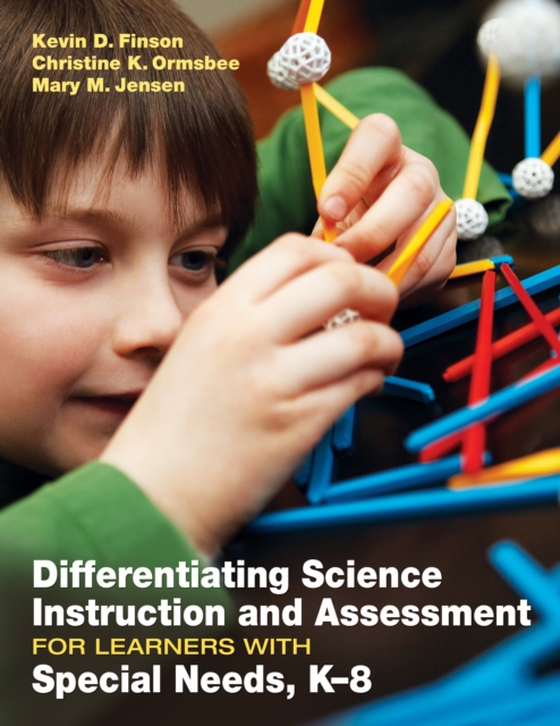
Differentiating Science Instruction and Assessment for Learners With Special Needs, K-8 e-bog
295,53 DKK
(inkl. moms 369,41 DKK)
"e;Finson, Ormsbee, and Jensen offer excellent instructional variations and assessment alternatives for students with learning disabilities and behavior disorders. The book also provides practical guidance for teachers on ways to make science lessons accessible to all students."e;-Greg P. Stefanich, ProfessorUniversity of Northern IowaField-tested strategies for teaching science to stud...
E-bog
295,53 DKK
Forlag
Corwin
Udgivet
1 marts 2011
Længde
232 sider
Genrer
Teaching of students with different educational needs
Sprog
English
Format
pdf
Beskyttelse
LCP
ISBN
9781452224497
"e;Finson, Ormsbee, and Jensen offer excellent instructional variations and assessment alternatives for students with learning disabilities and behavior disorders. The book also provides practical guidance for teachers on ways to make science lessons accessible to all students."e;-Greg P. Stefanich, ProfessorUniversity of Northern IowaField-tested strategies for teaching science to students with special needsTeachers are required to provide appropriate science instruction to all students, including children with special needs. However, educators are often left on their own to figure out how to effectively differentiate lessons and activities. Help is here! This timely, practical guidebook shows general and special educators how to retool science activities and assessments for students with special needs-including those of ADD, ADHD, and autism spectrum disorders. The authors cover a broad range of topics in an orderly, concise fashion, including: National and state requirements for student learning and science literacyPedagogical strategies for collaborative learning groups, self-paced learning centers, literature circles, and team projectsGrade-appropriate ways to revise science activities and assessments for biology, earth science, and physical science lessonsStep-by-step instructions for using rubrics for evaluation, revision, and assessmentInformation on teacher collaboration and specific disabilitiesAlso included are vignettes and checklists to assist teachers in bridging the gap between science and special education instruction and assessment. By adjusting the content, teaching critical thinking, and providing a variety of ways for learners to demonstrate their knowledge, you will give all students the chance to achieve academic success in science.
 Dansk
Dansk

